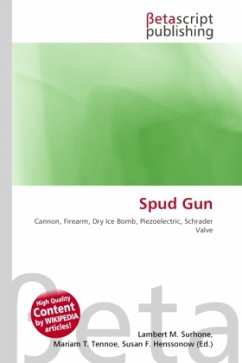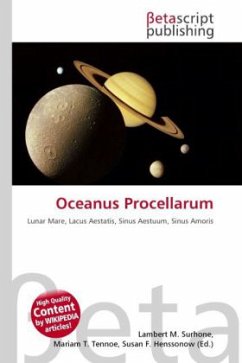High Quality Content by WIKIPEDIA articles! In order to fire, the operator loads a projectile into the barrel, adds fuel to the combustion chamber , and triggers the ignition source. The fuel then ignites, creating hot expanding gases, and forcing the projectile out of the barrel. Distances vary greatly depending on many factors, including the type of fuel used, the efficiency of the fuel/air ratio, the combustion chamber/barrel ratio, and the flight characteristics of the projectile. Common distances vary from 100 to 200 metres, and there is a reported case of a cannon exceeding 500 metres (550 yd) of range.Advanced combustion launchers may include metered propane injection to ensure proper fueling, chamber fans to mix the fuel with the air and accelerate venting of the chamber after firing, multiple spark gaps to decrease combustion time, and high-voltage ignition sources. Combustion launchers are usually less powerful than their pneumatic or hybrid counterparts.
Bitte wählen Sie Ihr Anliegen aus.
Rechnungen
Retourenschein anfordern
Bestellstatus
Storno








